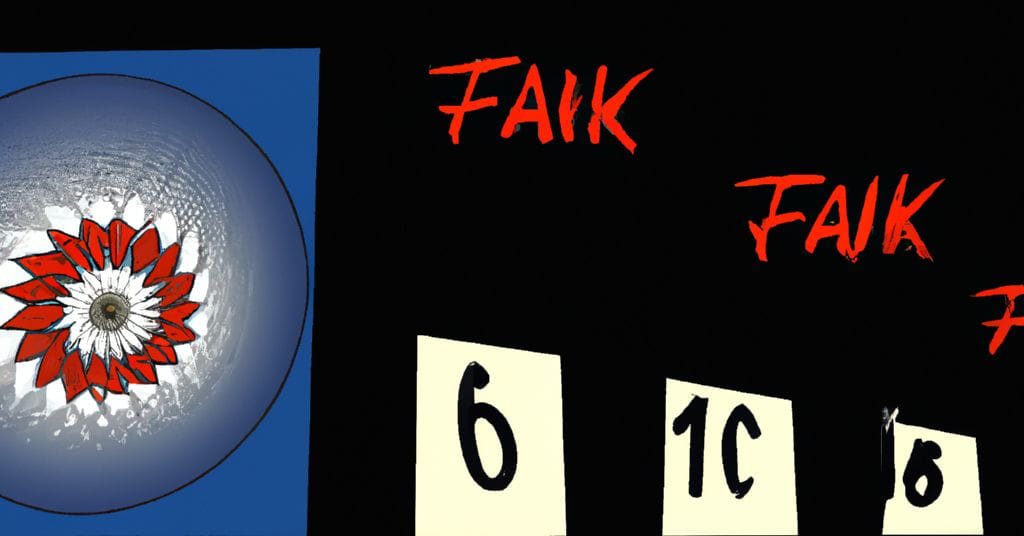 Ah, you are just imagining.
Ah, you are just imagining.
Fibonacci in Nature #
Why is the Fibonacci sequence so ubiquitous in nature? #
The Fibonacci sequence is a series of numbers in which each number is the sum of the two preceding ones, usually starting with 0 and 1 (0, 1, 1, 2, 3, 5, 8, 13, …). This sequence is ubiquitous in various aspects of nature, art, architecture, and other fields. Several theories explain its prevalence:
Optimal Packing: In phyllotaxis (the arrangement of leaves, scales, petals, etc., around a stem), the Fibonacci sequence allows for the most efficient packing, maximizing sunlight exposure and other resources.
Resource Efficiency: Structures like pinecones, pineapples, and sunflower seed heads display Fibonacci numbers because they grow in a resource-efficient way. The growth process is iterative and local—each new cell or seed only has to “look” at its neighbors, not the whole structure, to know where to grow. This local optimization leads to global Fibonacci patterns.
Genetic Factors: Evolutionary processes may favor genetic codes that produce these patterns because they confer survival advantages, such as efficient resource use, robustness to environmental changes, or even aesthetic appeal for attracting pollinators.
Mathematical Simplicity: The equation that generates the Fibonacci sequence is simple to implement and can occur naturally in physical processes.
Dynamic Systems: The Fibonacci sequence can be derived from certain types of dynamic systems, and nature often involves dynamic systems that evolve over time, which could explain its prevalence.
Fractals and Self-Similarity: Structures in nature are often fractal-like, exhibiting self-similarity across scales. The Fibonacci sequence also shows self-similar properties, which could explain its appearance in naturally occurring fractals.
Golden Ratio: The ratio of successive Fibonacci numbers converges to the Golden Ratio, an irrational number approximately equal to 1.618033988749895. This ratio is considered aesthetically pleasing and is often found in art and architecture. Some theories suggest that natural systems may evolve toward this ratio because of its unique mathematical properties, such as optimal partitioning.
Convergence: Sometimes, what we observe in nature may not be an exact Fibonacci sequence but a close approximation. Other similar sequences and mathematical principles can produce similar patterns.
Human Pattern Recognition: Humans are inherently good at identifying patterns. Sometimes this leads to overstating the prevalence of Fibonacci numbers in natural phenomena.
Cultural Influence: In some cases, humans deliberately incorporate the Fibonacci sequence or Golden Ratio in design and architecture, which can create a feedback loop where we come to associate these patterns with beauty or functionality.
So, it’s a blend of mathematical efficiency, evolutionary advantages, and perhaps even human perception that contributes to the widespread appearance of the Fibonacci sequence in the world around us.
I like #9 - it explains nicely the phenomenon of “volatility smile”. #
The concept of “volatility smile” in finance is indeed an interesting phenomenon where human perception and pattern recognition play a significant role. In the context of options pricing, the volatility smile refers to the pattern wherein implied volatilities of options are plotted against their strike prices, forming a curve that resembles a smile. The shape deviates from what would be expected based on models like the Black-Scholes, which assume constant volatility.
Human Behavior: Traders and market participants have psychological biases and risk preferences that do not always align with mathematical models. The “fear” or “greed” in the market can cause implied volatilities to deviate from the expectations based on constant volatility, leading to the smile.
Pattern Recognition: Just like humans recognize Fibonacci sequences even when they aren’t there, traders and risk managers might see patterns or trends in historical data that lead them to price options differently than what a mathematical model would suggest.
Risk Aversion: At the tails (far in- or out-of-the-money options), traders are often willing to pay a premium to protect against extreme market events, causing implied volatilities to rise and contributing to the volatility smile.
Market Imperfections: The assumptions of constant volatility and log-normally distributed returns are simplifications. In real markets, factors like jumps, liquidity constraints, and transaction costs can cause deviations.
Feedback Loops: The recognition of a volatility smile can, in itself, perpetuate its existence. Once traders recognize that a smile tends to form, they may adjust their trading strategies to account for it, thus reinforcing the pattern.
While the volatility smile may not be directly related to the Fibonacci sequence, the underlying theme is similar: human perception and behavior often introduce complexities that are not accounted for in mathematical or theoretical models. Both phenomena serve as reminders that real-world systems often resist being fully described by simple equations.